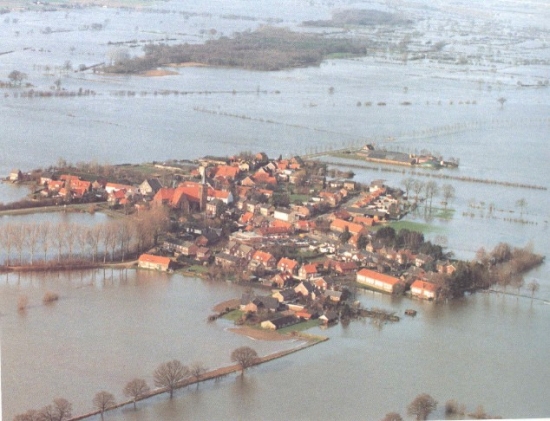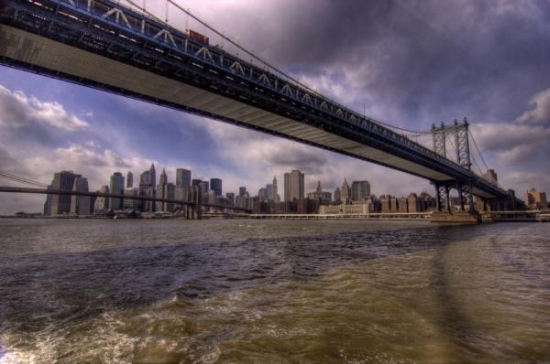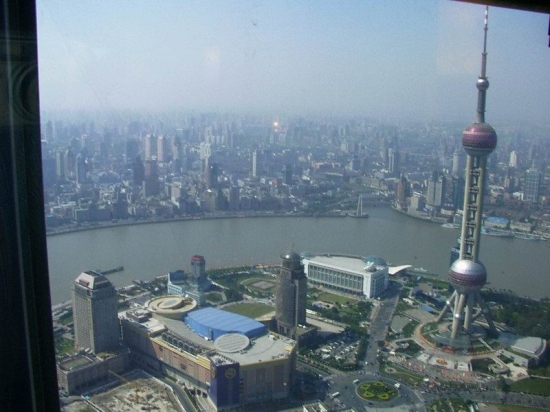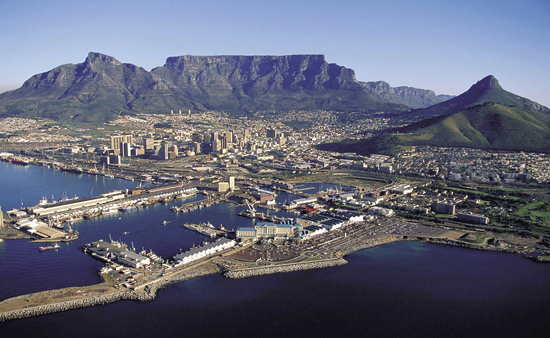
Whenever we think of water, we are thronged with thoughts of calmness, water life and beauty, but the increasing sea level will wreak havoc. We will soon be witnesses to coastal flooding, eroding shorelines, storm damage and salt-water contamination of fresh water supplies. Resources critical to island and coastal populations such as beaches, fresh water, fisheries, coral reefs and wildlife habitat is also at risk. The scariest truth that appears with the rapid rise in the sea level is the increasing threat of coastal regions being drowned in the near future.
New York:

The northeast coast of the United States is among the most vulnerable regions to bear the hazards caused by the future changes in sea level and ocean circulation. The most densely inhabited states and cities of the United States and hubs of politics, economy, culture and education are located along this coast. A rapid sea-level rise was witnessed in all climate models irrespective of the greenhouse-gas emissions being low, medium or high. Even if we consider a greenhouse-gas emission scenario to raise at a medium rate the New York City coastal area would see an additional rise of about 8.3 inches above the mean sea level rise.
New York City and Boston are among the cities in the Northeast that would be threatened in this century by rising sea levels due to thermal expansion and the melting of the Greenland ice sheet, according to a new study. The researchers projected the global sea-level rise of 10.2 inches based on thermal expansion alone. The contribution from the land ice melting was not assessed in this study due to uncertainty.
Considering that much of the metropolitan region of New York City is less than 16 feet above the mean sea level, with some parts of lower Manhattan only about 5 feet above the mean sea level, a rise of 8.3 inches in addition to the global mean rise would pose a threat to this region, especially if a hurricane or winter storm surge occurs. The submersion of low-lying land, erosion of beaches, and conversion of wetlands to open water and increase in the salinity of estuaries all can affect ecosystems and damage existing coastal development.
Shanghai:

Shanghai, the pulse of China’s economy is threatened to be drowned due to the alarming rate at which the sea levels are rising. According to the scientists rising sea levels, resulting from climate change and depleting groundwater, are moving at such a pace that many island nations and coastal cities will be submerged by 2050.
Sinking ground levels have been an area of concern to Shanghai for quite some time now, although the culprit has traditionally been the pumping of ground water to support its rapid growth and industrialization. The wall along Shanghai’s riverfront Bund, which protects a mile of historic granite buildings from the waters of the Huangpu River, has been raised three times, which is nearly 2 meters over the past four decades. Land subsidence was relieved considerably along with the rise in ground levels in the 1970s when the government took initiates to pump back the water, but sinking set in once more in the 1990s as the city set out on an anxious building boom.
The authorities have started taking initiatives to protect the city from the devastating future. The groundwater use has been since 2006 and the city plans to ban use of groundwater entirely for non-drinking purposes by 2010. As a result of strict regulation of groundwater usage, Shanghai sank only 6.8 millimeters in 2007, or 0.5 millimeter less than a year earlier. With such decisive steps, we hope to see Shanghai having a better future.
Cape Town:

The rising sea levels are all set to wreak havoc on valuable South African coastal regions. Cape Town is the most vulnerable region to have profound impact of increasing sea level. The most crucial fears the city is thronged by is the salination of the water table brought about both by rising sea levels and by the storms. Both of them are becoming more and more frequent and powerful with time. The rising sea level and storms are consequences of climate change and global warming along with gradual decreases in rainfall, the expansion of deserts and the inundation of coastal areas by rising seawater.
With over 307 km of coastline, the city of Cape Town having the longest stretch of sea frontage of any metropolitan authority in South Africa, the implications for the coastline are significant. The devastating impact will be experienced across the entire key service infrastructure such as wastewater treatment works, storm water pipelines, electricity grids and substations, as well as roads and rail routes. In addition, suburban property and recreational amenities located in the coastal areas are particularly at risk. If solutions to the climate change are not found almost immediately, the result and implications for the city will be severe and potentially catastrophic in the long term. The authorities need to identify the risks and then begin to plan adaptation and mitigation strategies to minimize the implications of climate change.

